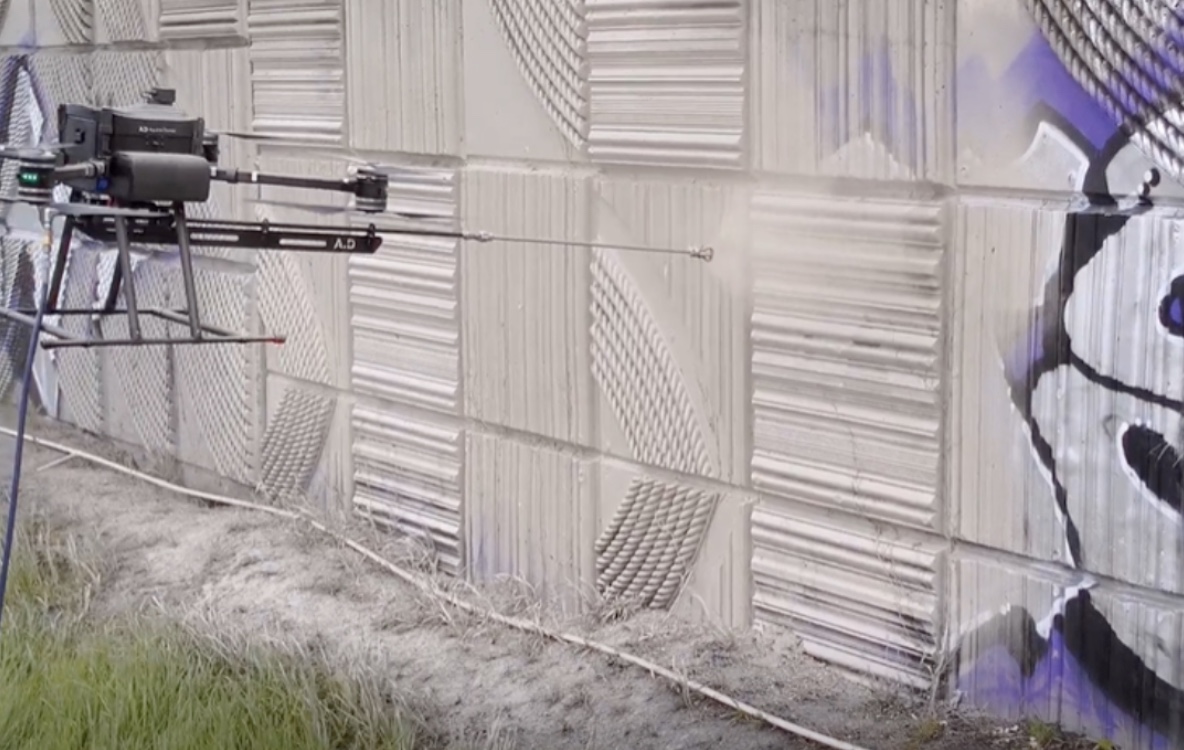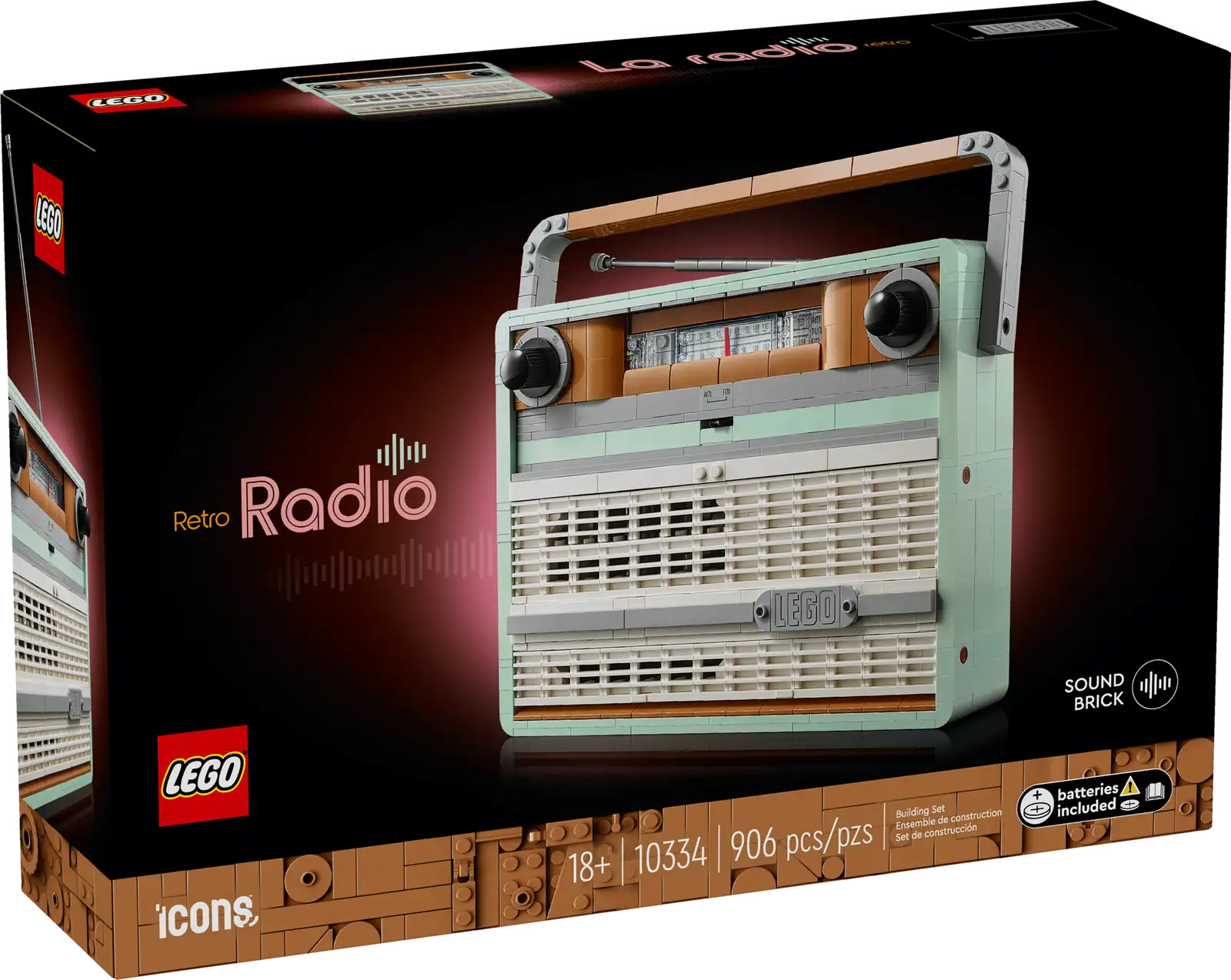Hanif Panni hat auf den Zaun seines Nachbarn ein 3D-Mural gemalt und den Prozess in diesem Zeitraffervideo festgehalten. Sein Nachbar hatte kurz vorher einen Brief der Stadt bekommen, dass er sein Boot bitte schön hinter einem Zaun zu verstecken hätte, um es so vor den Blicken der Öffentlichkeit abzuschirmen. Die Reaktion ist schon ein bisschen Punk.
My neighbor has a sea-faring vessel which he parks on the side of his home. A few weeks ago, he received a letter from the city stating he needed to build a new fence to hide said vessel from view of the street. After reluctantly building the fence and driveway, he presented a sassy idea to me that would require my artistic skills.
(Direktlink, via Nag on the Lake)






